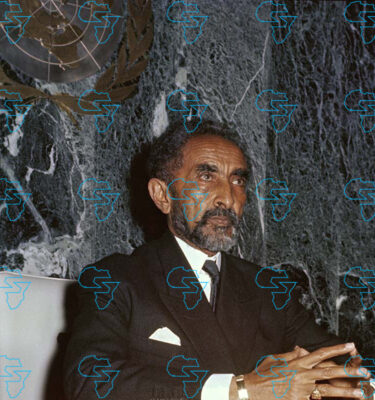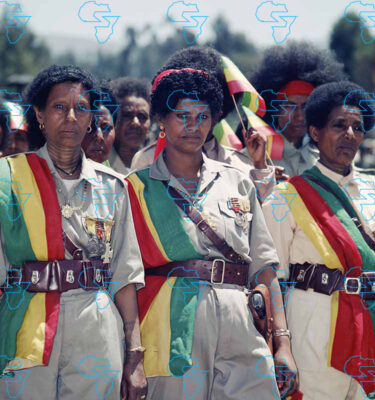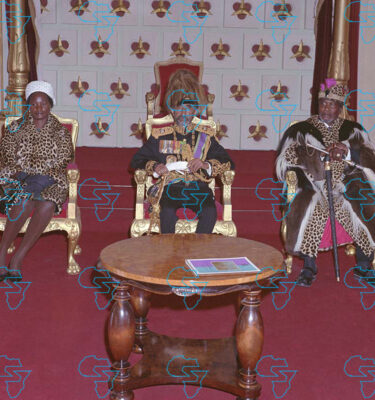
Offers €5 million to support UNDP’s peace efforts in Ethiopia
The German government and the UN Development Program have called on the Ethiopian government to step up its investment in recovery and resilience for communities affected by conflict.
The call came during a ceremony on Thursday, where the German government signed off on a five million euro financing package for the UNDP Peace Support Facility in Ethiopia, adding to the 19 million euros already provided by Berlin.
The agreement was signed by Germany’s chargé d’affaires, Ferdinand von Weyhe (Dr.), Together with Undp Ethiopia’s Representative, Samuel Ghaydee.
From The Reporter Magazine
The Peace Support Facility was established following the Pretoria Agreement, and USD 60 million has already been spent on demobilizing former combatants and restoring communities, according to Ghaydee.
“When there is no development, or when development is flawed, societies are exposed to the risk of humanitarian crises,” said Ghaydee, further stressing that prioritization of investment in sustainable development is a preventive measure against future crises.
He underscored the heavy cost of conflict:
From The Reporter Magazine
“If that money had been invested in development and sustainable peace, there would have been no need to spend it on the consequences of war. That is why we emphasize greater investment in development and sustaining peace across Ethiopia.”
He added that when people see the tangible benefits of peace such as stability, livelihoods, and opportunities they become more resistant to returning to conflict. In northern Ethiopia, UNDP’s current focus is on recovery and stabilization, helping war-affected communities rebuild their lives. The damage from just two years of conflict in the region has been estimated at more than USD 20 billion.
Ghaydee stressed that Germany’s support is not charity but “smart development.”
“We are advancing strategic, high-impact investments in Ethiopia’s recovery and in institutions that anchor lasting peace,” he said.
Von Weyhe explained that the financial support will be directed toward rebuilding war-torn regions by strengthening local governance, the rule of law, basic social services, and economic revival.
“Rebuilding war-torn regions by supporting local governance, rule of law, social services, and economic revival is of great importance for the people. Thus, the population will experience a positive peace dividend. We truly believe the Peace Support Facility can play a catalytic role in this regard,” he said.
He praised UNDP and its partners for their demand-driven approach, which builds trusted relationships between communities and authorities and responds directly to local needs.
Despite global budget constraints, Germany’s decision to increase its financial contribution demonstrates an invitation for continued cooperation with Ethiopia’s partners.
A high-level German delegation visited Ethiopia this week and held discussions with Ethiopian officials.
The delegation, led by Germany’s Minister for Economic Cooperation and Development, Reem Alabali-Radovan, announced 206 million euros in commitments to support Ethiopia’s efforts in building peaceful and inclusive societies, transforming agriculture, and promoting sustainable economic development. The commitments include direct budget support aligned with Ethiopia’s reform agenda and other priority areas.
.
.
.
#Germany #Urges #Ethiopia #Invest #Recovery #Resilience #Communities #Affected #Conflict
Source link











